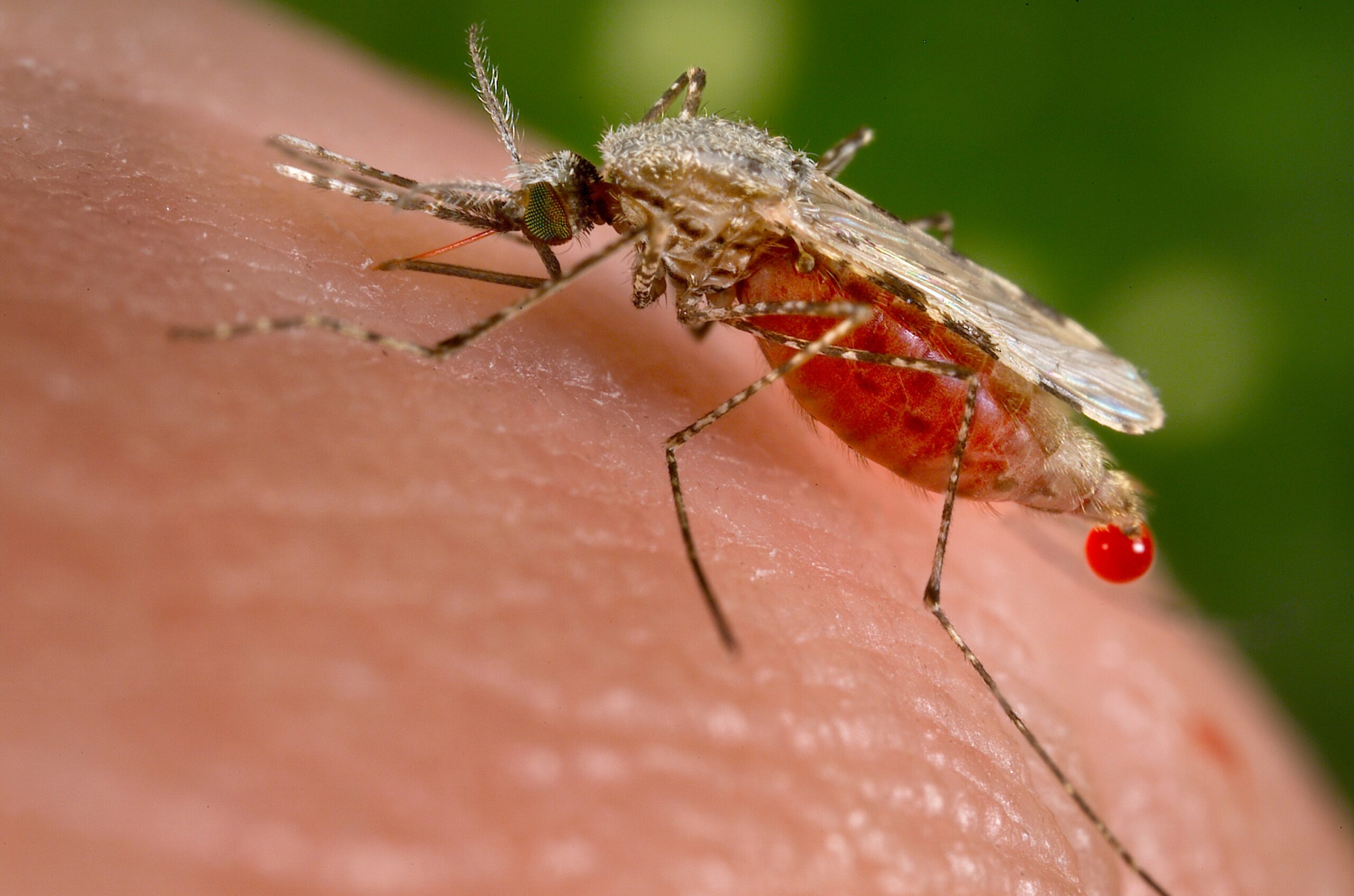China malaria-free certification by the World Health Organisation (WHO) has been considered a notable feat in a country that was reporting an annual malaria figure of 30 million in the 1940s.
China, a country of 1.4 billion people, has seen no locally transmitted cases of malaria for four consecutive years since 2017, and officially applied to the WHO for the certification of malaria elimination in 2020.
- JUST IN: 18 kidnapped in Kaduna community
- Retired NBC Director, 15-year-old daughter abducted in Katsina
According to data released by the WHO, there were 229 million cases of malaria worldwide in 2019 and a total of 409,000 deaths.
Although there is a decline in Falciparum infection prevalence in Africa and the incidence of clinical disease fell by 40 per cent between 2000 and 2015, African countries continue to battle the ravaging effects of malaria infection.
Nigeria’s 200 million population is said to be at risk of malaria transmission. Of this, 23.3 million cases were confirmed, with 95, 418 deaths reported in 2019. Under-five deaths were put at 857,899 in 2019, while 76 per cent of the population lives in high transmission areas with 24 per cent of the population live in low transmission areas.
The data for Senegal showed the West Africa country as having a high prevalence rate of malaria with at least 16.2 million people at risk. The country had 822,678 cases in 2019, according to the Severe Malaria Observatory.
Out of this figure, an estimated 822,678 cases were confirmed in 2019, while 90,098 cases affected children under the age of five, with 4,595 estimated deaths.
Uganda has the 3rd highest global burden of malaria cases at 5 per cent and the 8th highest level of deaths at 3 per cent. It also has the highest proportion of malaria cases in East and Southern Africa at 23.7 per cent.
There is stable, perennial malaria transmission in 95 per cent of the country, with anopheles gambiae s.l. and An. funestus s.l. being the most common malaria vectors
About 44.2 million people are at risk of infection while confirmed or presumed cases is 16.2 million and estimated cases is put at 13,576 people. Estimated deaths in 2019 were put at 13,576, while the under-five mortality rate is put at 67/1000, according to WHO World Malaria Report.
In Mozambique, prevalence especially among pregnant women and children under the age of five was put at 9,442 in 2019, which is described as high with 29 million said to be at risk. Estimated deaths were put at 14,426.
Plasmodium falciparum accounts for 90 per cent of all malaria infections, while P. malariae accounts for 9 per cent and P. ovale for 1 per cent.
China’s success can be attributed to the country’s discovery and use of artemisinin extracts, widespread use of insecticide-treated nets, use of a national infectious disease reporting system and a laboratory testing network for malaria, and improved monitoring systems of malaria vectors and drug resistance of plasmodium.
These measures were commended by the WHO Director-General, Tedros Adhanom Ghebreyesus, in a press communique recently. He said China’s success was hard-earned and came only after decades of targeted and sustained action.
“China’s tireless effort to achieve this important milestone demonstrates how strong political commitment and strengthening national health systems can result in eliminating a disease that once was a major public health problem.
“China’s achievement takes us one step closer towards the vision of a malaria-free Western Pacific Region,” said Takeshi Kasai, Regional Director, WHO Western Pacific Regional Office.
The achievement followed China’s decades-long battle against hunger and diseases, with measurable outcomes.
Tu Youyou’s discovery of artemisinin compound as effective extracts, after isolating the active ingredients and volunteered herself as the first subject, traditional cure after studying texts from the Zhou, Qing, and Han dynasties, helped save millions of lives in the 1970s.
Zhejiang Ningbo said traditional Chinese medicine uses sweet wormwood to treat fever.
She was awarded the Nobel Prize in Physiology in 2015, becoming the first mainland Chinese scientist to have received a Nobel Prize in a scientific category, and she did so without a doctorate, a medical degree, or training abroad.
Furthermore, around malaria-prone border areas, China has adhered to the timelines of the “1-3-7” strategy and the “3+1 defence line”.
“The “1” signifies the one-day deadline for health facilities to report a malaria diagnosis; by the end of day 3, health authorities are required to confirm a case and determine the risk of spread; and, within 7 days, appropriate measures must be taken to prevent further spread of the disease. The “1-3-7” model has been promoted worldwide and officially incorporated into WHO’s technical document,” according to the People’s Daily.
Pedro Alonso, Director of the WHO Global Malaria Programme, spoke highly of China’s achievements and experience in eliminating malaria.
He said over many decades, China’s ability to think outside the box served the country well in its own response to malaria, and also had a significant ripple effect globally.
The Chinese government and its people were always searching for new and innovative ways to accelerate the pace of progress towards elimination, he added.

 Join Daily Trust WhatsApp Community For Quick Access To News and Happenings Around You.
Join Daily Trust WhatsApp Community For Quick Access To News and Happenings Around You.

